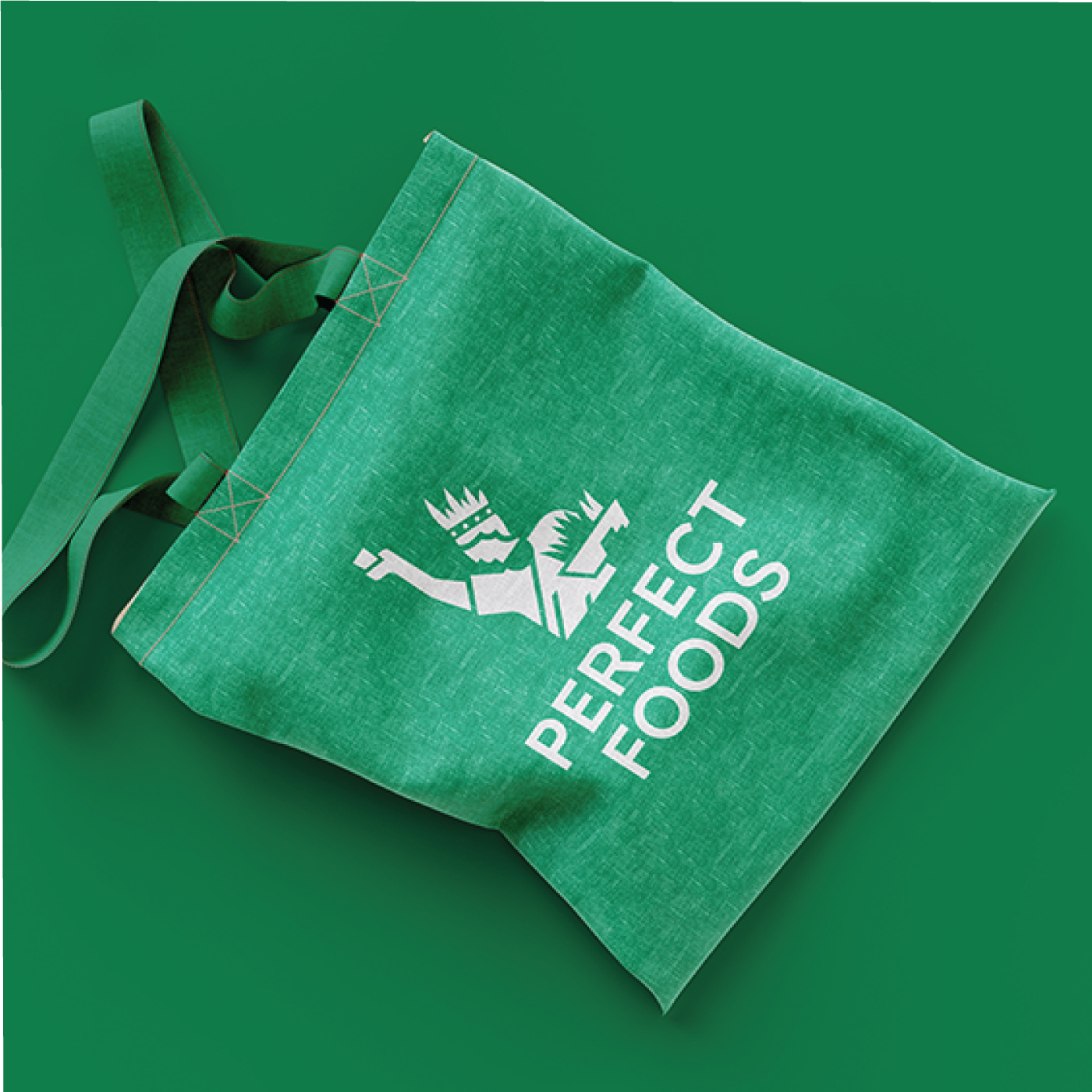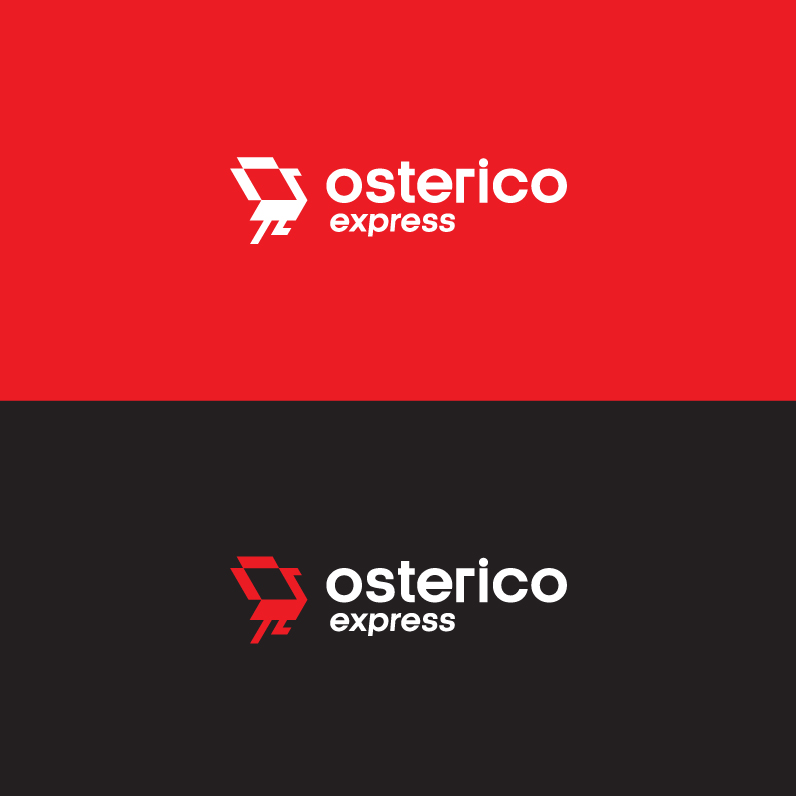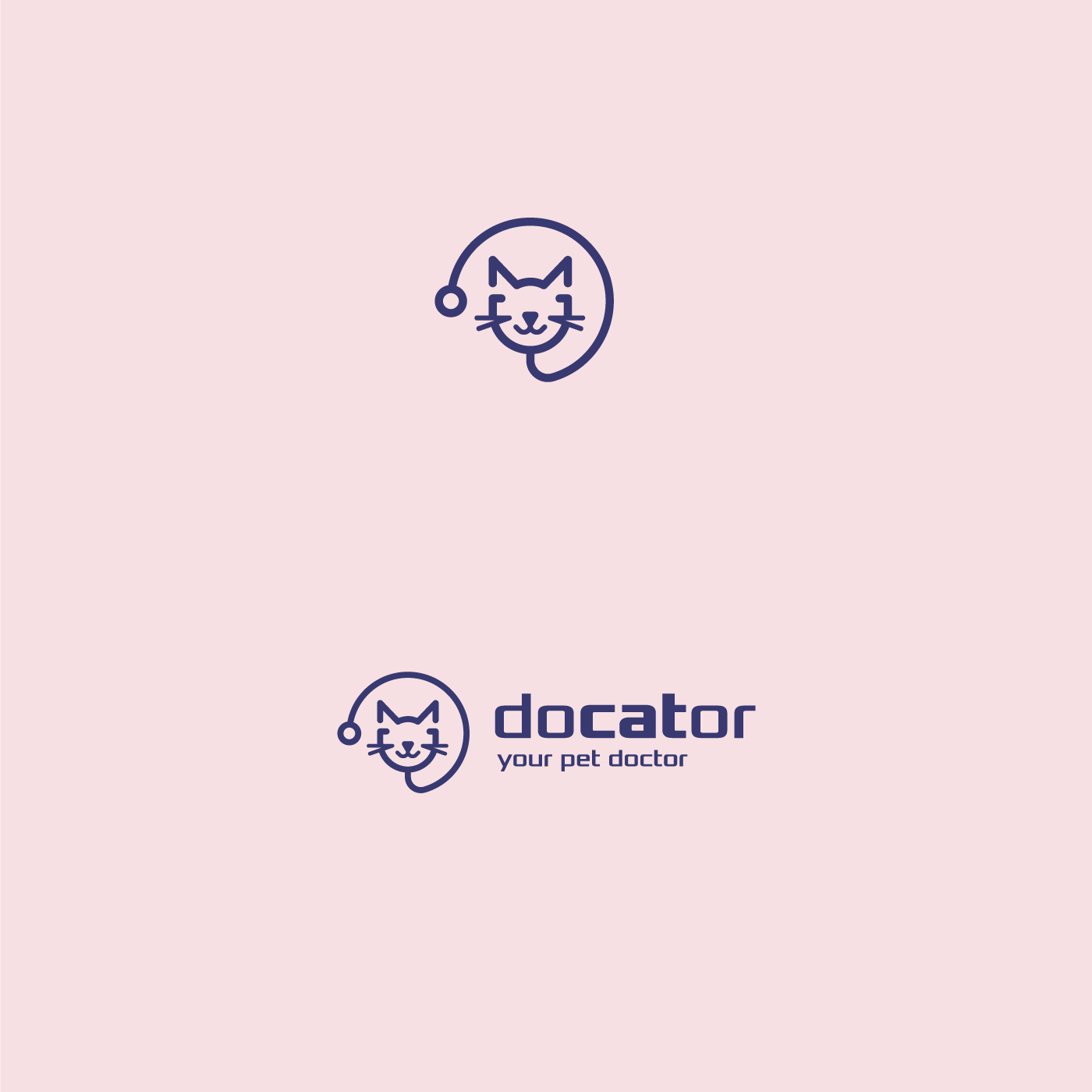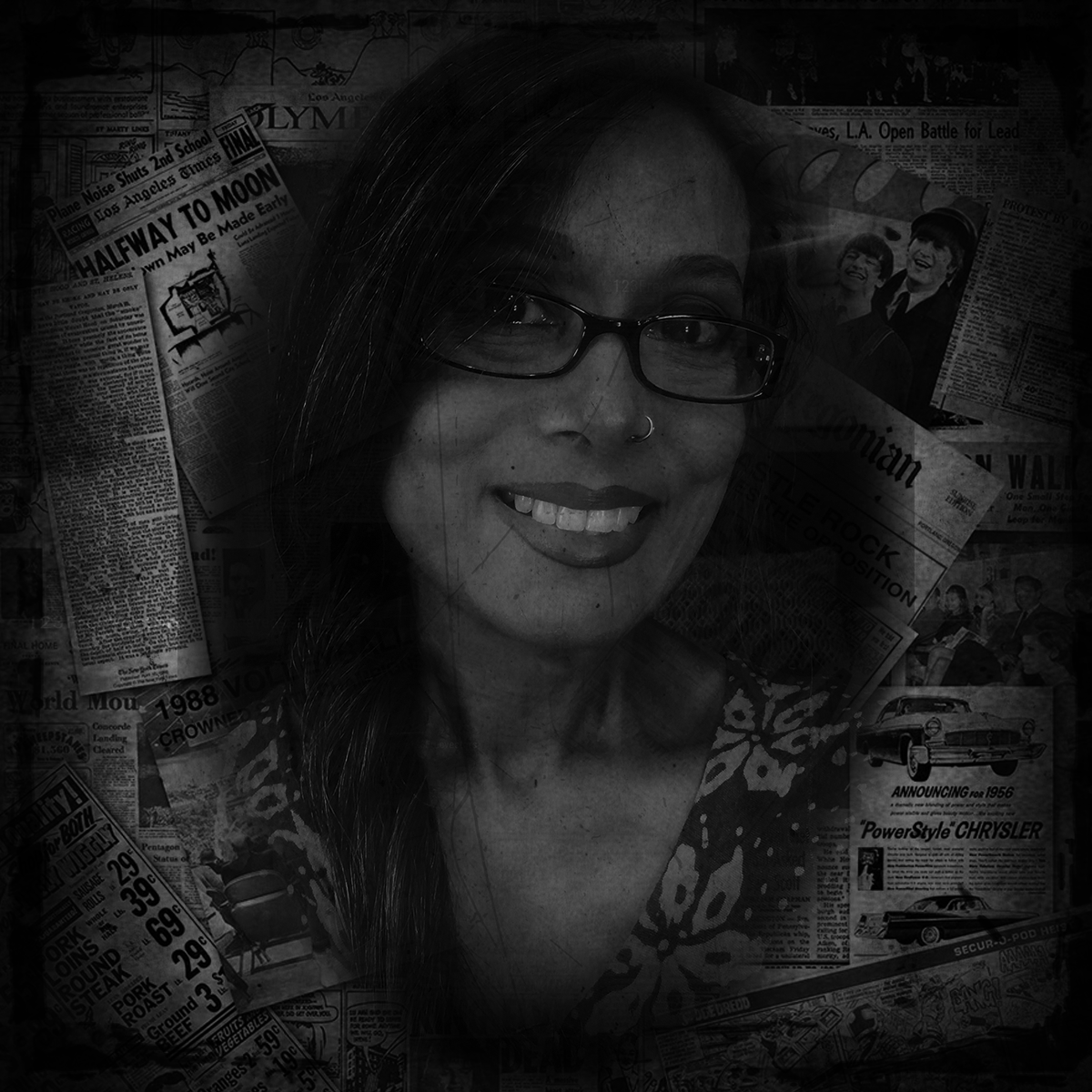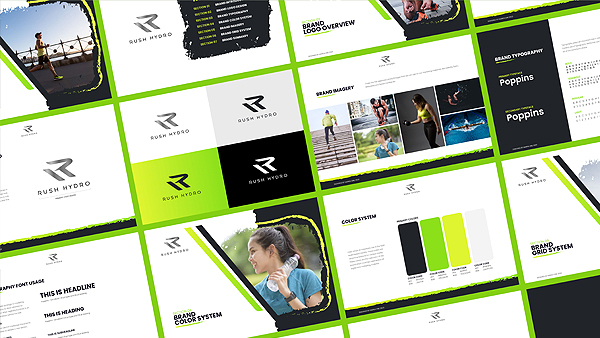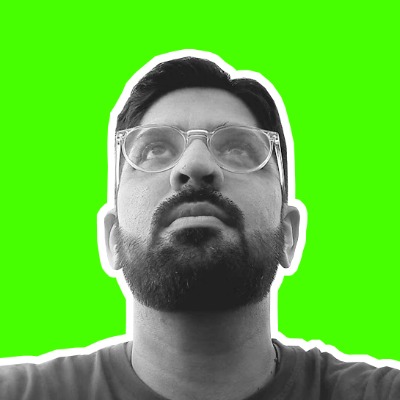
Intro
Inspiration & Motivation
Could you start by telling us a little about how you got into design? What inspired you to pursue this career?
Dan: Sure! I started my journey in design as a child, watching my father do Arabic calligraphy. I loved seeing his manual work. Although I did not end up doing calligraphy, but I got inspired and began drawing and sketching, often doodling during free time in school. I never thought that design would be my future career, but over time, I learned how important this skill is. That’s when I decided to go into it, and it’s been a great experience so far!
You’ve done amazing work with logos and brand identities. What excites you most about these types of projects?
Dan: Logo design isn’t as easy as some people think it is. A logo is really the face of a company, it plays as part of business asset. I enjoy working on logo designs because each project brings a new challenge. Every company is different, and creating an identity that is simple and impactful is a rewarding process. Additionally, making the logo unique so that it stands out among competitors is another challenge and that is where a designer’s creative skills are tested.
What’s your design process like when starting with a new client? Any tips for balancing creativity with client expectations?
Dan: The creative process starts by carefully reading the client’s full brief, understanding what their company does, who their competitors are, and what specific requirements they may have. It is important to do a thorough research on the business persona against the industry it falls into.
Communication with the client is a key element, as we (designers) think from a creative angle while clients look at things from a business perspective. The challenge is to create a logo that follows good design principles while also representing the client’s business in the best possible way, so it is very important to communicate with the client fluidely.
Challenges and Solutions
Creative block can happen to the best of us. How do you overcome it?
Dan: Every field has its own challenges, and in logo design, creative block is common. I try to take a break from designing and get involved in other activities like reading books, going to the gym,watching movies,but most importantly travelling plays a key role to fight creative blocks, as the inspiration I get from experiencing nature is something I can’t find anywhere else. It’s important to refresh the mind, and stepping away from design helps me do that.
Presentation design is another key skill of yours. What makes a presentation stand out in your opinion?
Dan: It’s all about clarity and visual appeal. A great presentation should be clean and not overloaded with information. The key is to keep the visuals impact and make sure the message is clear. Typography and colour balance also play a huge role in making the presentation look polished and professional.
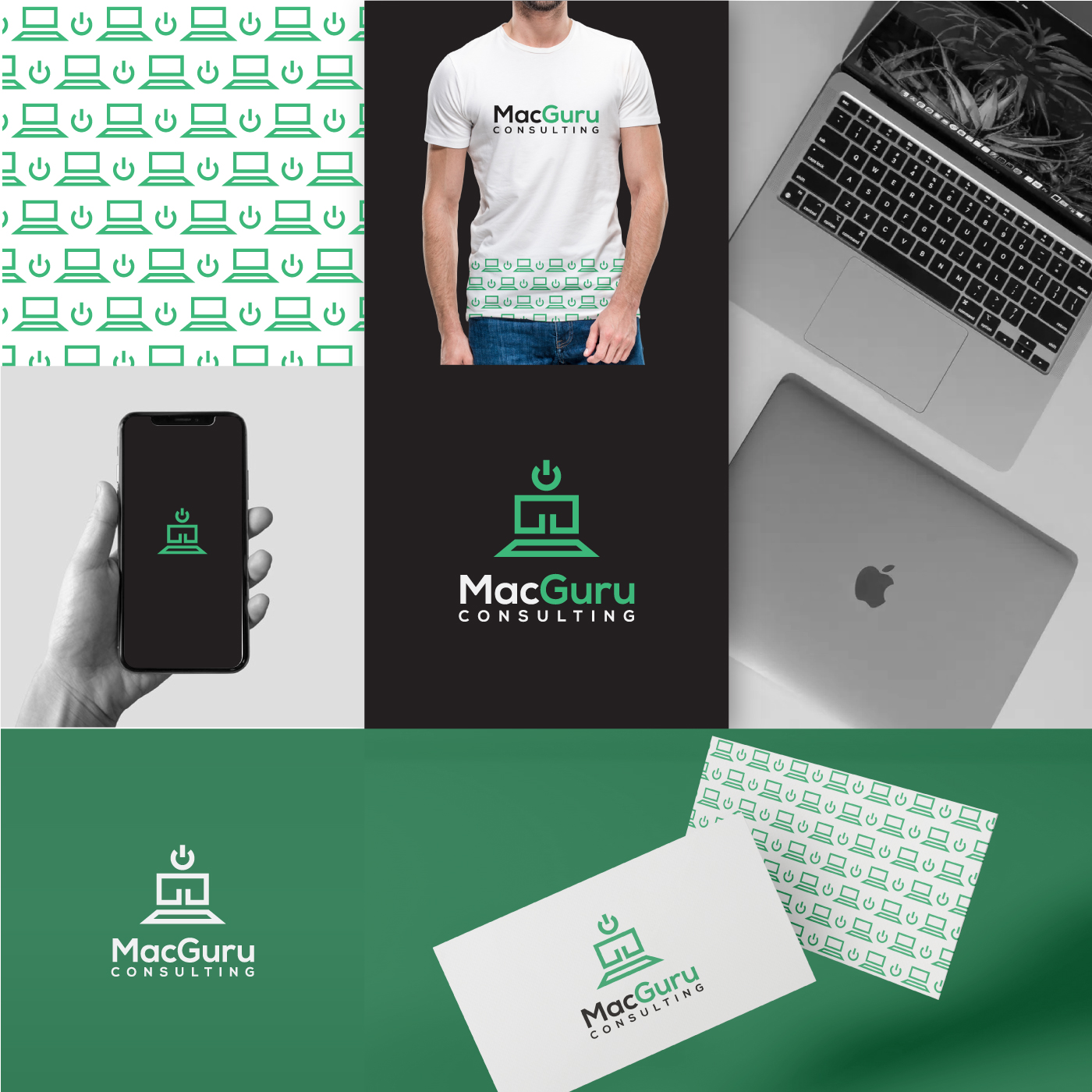
Favourite Projects
What’s been one of your favorite design projects to date, and why?
Dan: One of my favorite projects was designing the identity for a company called “Eternal Hearts,” which helps people keep their loved ones’ memories alive after they have passed away. I really loved the concept. The client wanted a logo that had depth but still looked simple. Keeping both aspects in mind, I created a design that the client loved right away.
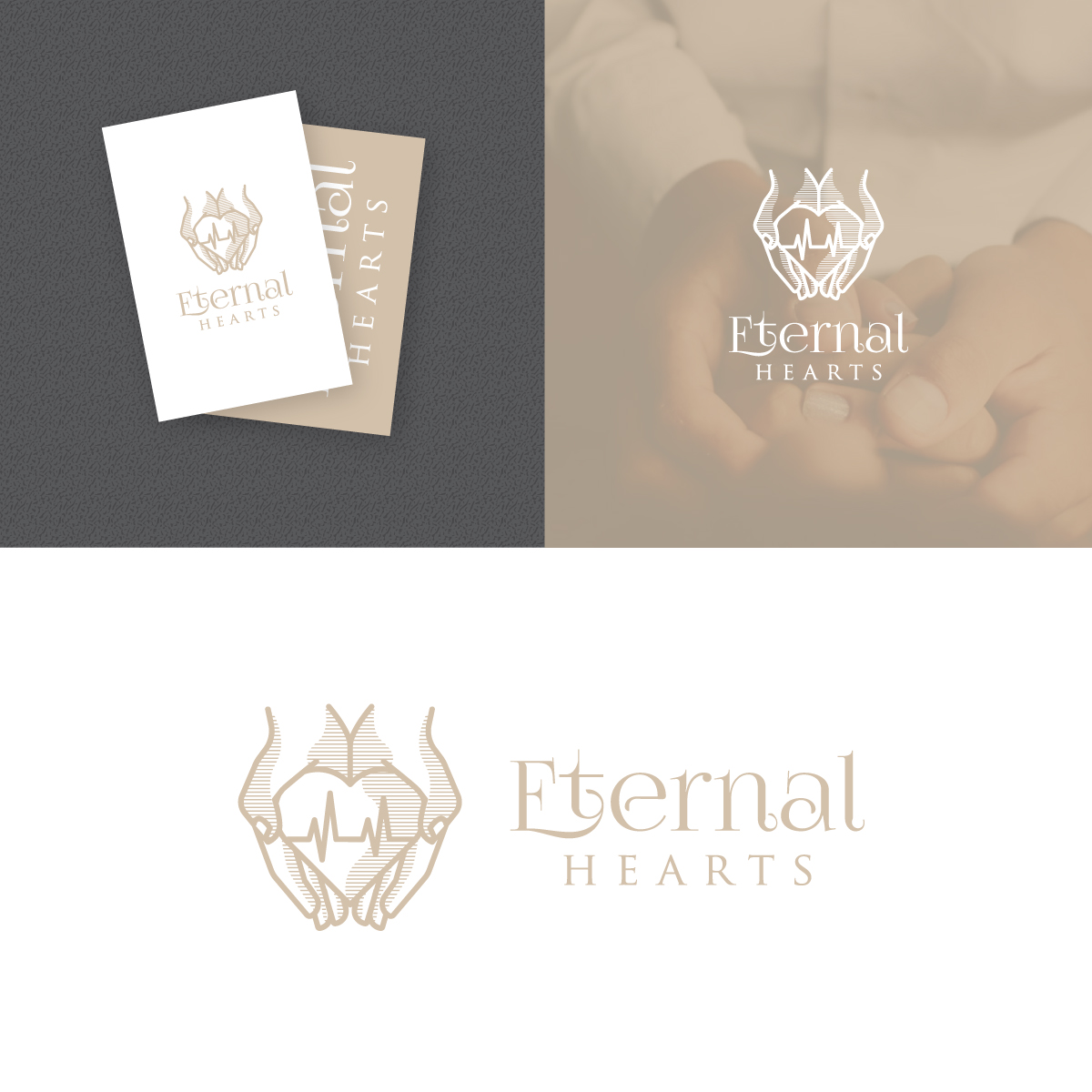
Tips for Aspiring Creatives
With your experience across different design mediums, how do you balance creativity with technical precision?
Dan: It’s definitely a balancing act. I like to start with a lot of creative freedom in the sketching and brainstorming phase, then gradually narrow it down by focusing on technical details like alignment, proportions, and spacing.
For someone just starting in logo or identity design, what advice would you give?
Dan: Any logo we see may look simple because it has minimal graphics, but there’s always a strong story or concept behind it. For those wanting to get into logo and identity design, I’d advise focusing on building strong basics first. Don’t worry about execution right away—start by studying design principles, color theory, and typography. The more you practice, the better you’ll get at execution, so focus on the basics and practice a lot. One important trait of a good designer is being able to take negative feedback and see it in a positive way.

Designed by Creative Dan
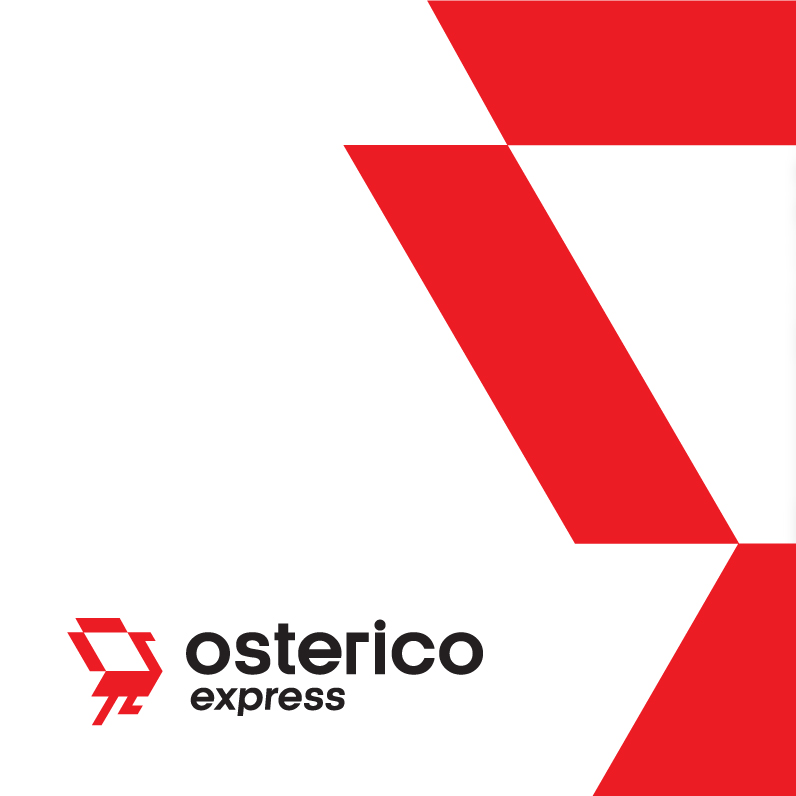
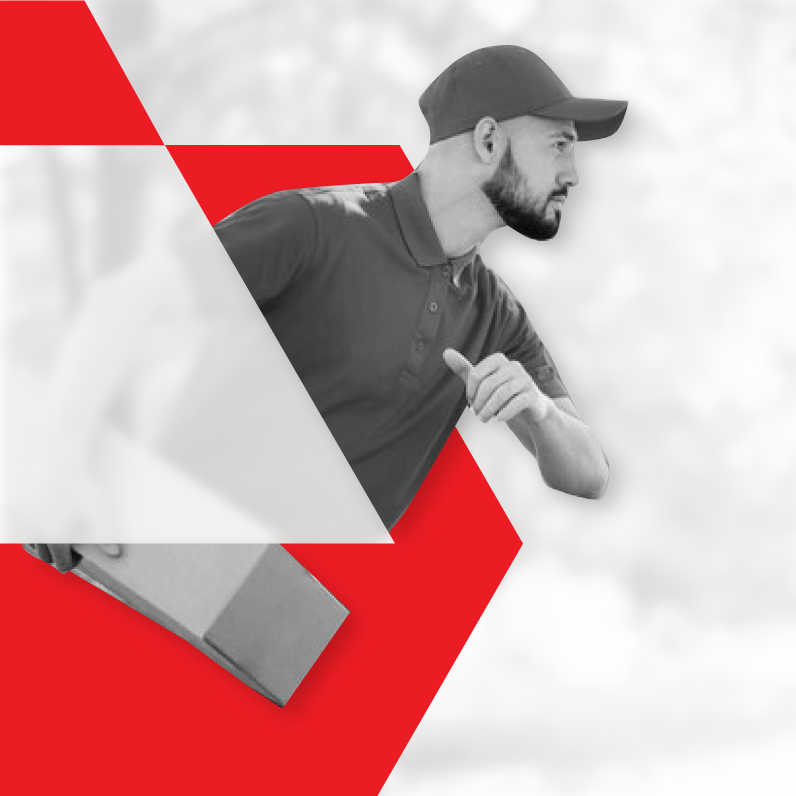
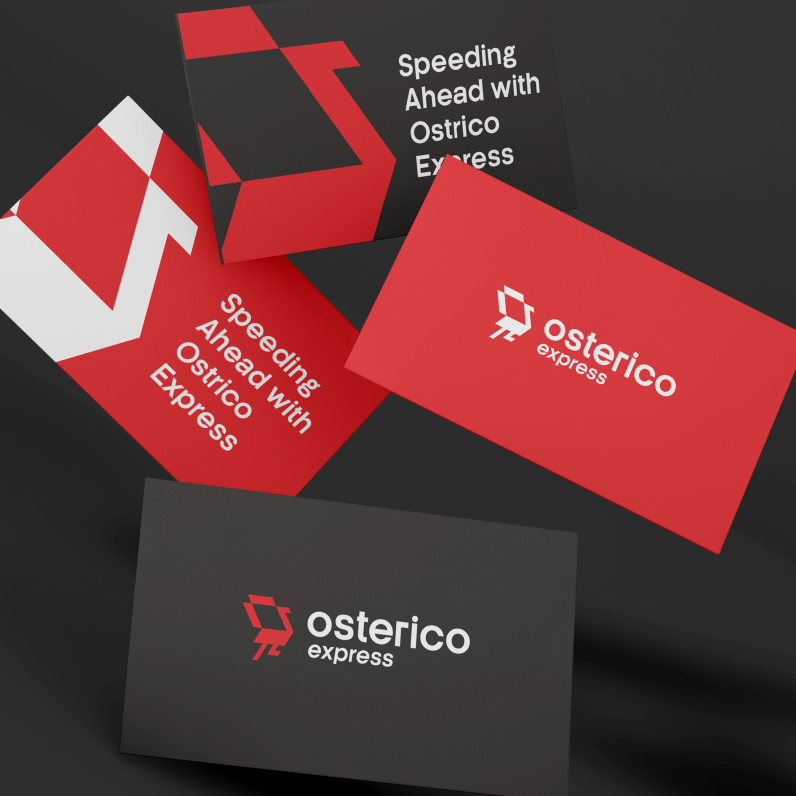
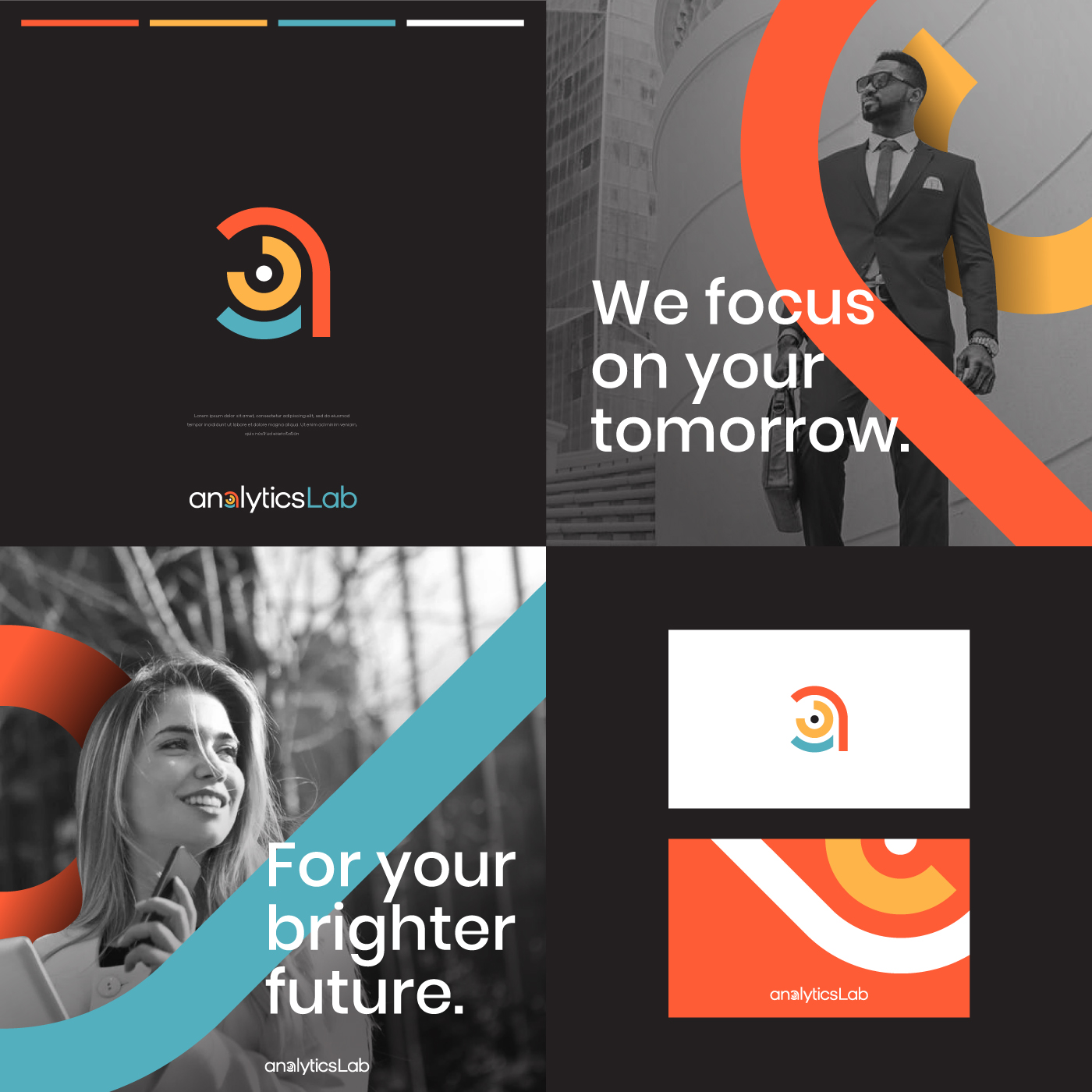
Trends and Future
How do you keep up with the latest design trends and tools?
Dan: In today’s fast-paced world, everyone needs to keep improving, or they’ll get left behind. The same goes for the design field, which has its own challenges. My learning process never stops. I always try to gain as much knowledge as I can through blogs and social media. I also go to design meetups because meeting with people, talking with them, and sharing ideas helps me stay updated.
Future Goals and Projects
Where do you think the future of graphic design is headed? Any upcoming trends or shifts you’re excited about?
Dan: I think we’ll continue to see more personalization and customization in design, especially with the rise of AI tools. But at the same time, I think there will be a shift towards more minimalistic, purpose-driven designs. People are craving authenticity, so design is moving toward simplicity, but with a strong story behind it.


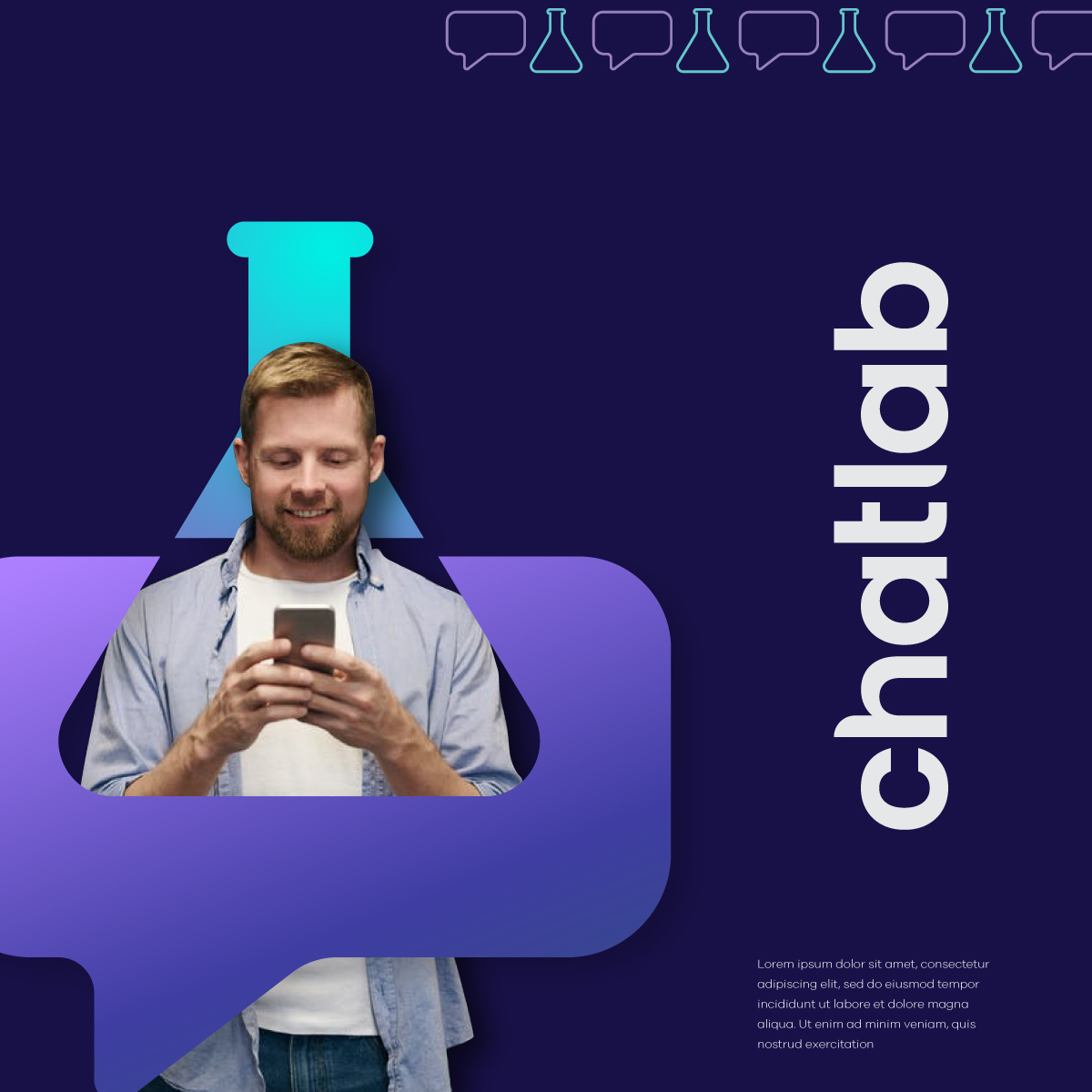

How does Readymade Work Help?
Lastly, what’s your experience been like as part of the Readymade Work community?
Dan: its been an amazing experience with Readymade Work so far, receiving a lot of positive feedback and connecting with great clients. The best part is that you can also sell your design assets on the platform. This is a unique opportunity, because it not only increases profile visits but also boosts the chances of finding new opportunities.


